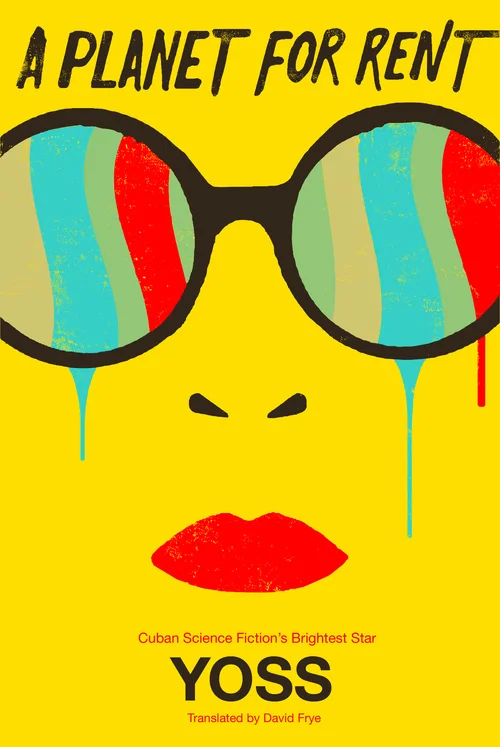Cuban science fiction master Yoss has been world-making for decades, but for most U.S. readers, he may as well have inhabited one of the remote planets he writes about—until now. Yoss will be visiting the United States to participate in several festivals and talks to present his books A Planet for Rent, a colonial allegory that speaks to contemporary Cuban-American relations, and Super Extra Grande, a romping space opera following the adventures of a gigantic veterinarian who specializes in treating gigantic aliens—and saving the universe of course.
Yoss is more than just a sci-fi rockstar with a degree in biology; he has also been a real rockstar frontman in a Havana metal band and will be playing at Brooklyn Book Festival Bookends event co-hosted by BOMB Magazine at Issue Project Room. Read on for more out-of-this-world Yoss sightings.
AUTHOR EVENTS:
• September 15 : Restless and BOMB Present an evening of Cuban Heavy Metal and Sci-Fi (Brooklyn, NY)
• September 18 : Tash Aw, Yoss, and Restless at the Brooklyn Book Festival (Brooklyn, NY)
September 28: Boston University (Boston, MA)
September 30: Brookline Booksmith (Brookline, MA)
October 6: UIC's Latino Cultural Center (Chicago, IL)
• October 8: Chicago Public Library's Indie Author Day (Chicago, IL)
• October 11: Marquette University (Milwaukee, WI)
• October 12: With Orlando Luis Pardo Lazo at Marquette University (Milwaukee, WI)
• October 14: City Lit Books (Chicago, IL) (Chicago, IL)
• October 18: Diesel, A Book Store (Oakland, CA)
• October 27: UCLA (Los Angeles, CA)
• October 28: NYU's King Juan Carlos Center (New York, NY)
• October 31: New York University Bookstore (New York, NY)
• November 2: Brown University (Providence, RI)
• November 3: University of Connecticut Barnes & Noble (Storrs, CT) (Storrs, CT)
• November 14: With Ilan Stavans for the Philip K. Dick Film Festival (New York, NY)
• November 19: Yoss at the Miami Book Fair International (Miami, FL)










Edited by Ilan Stavans
In this rich, eye-opening, and uplifting anthology, dozens of esteemed writers, poets, artists, and translators from more than thirty countries send literary dispatches from life during the pandemic. A portion of proceeds benefit booksellers in need.
World Literature Today’s 75 Notable Translation of 2020
Paperback • ISBN: 9781632063021
Publication date: Aug 25, 2020